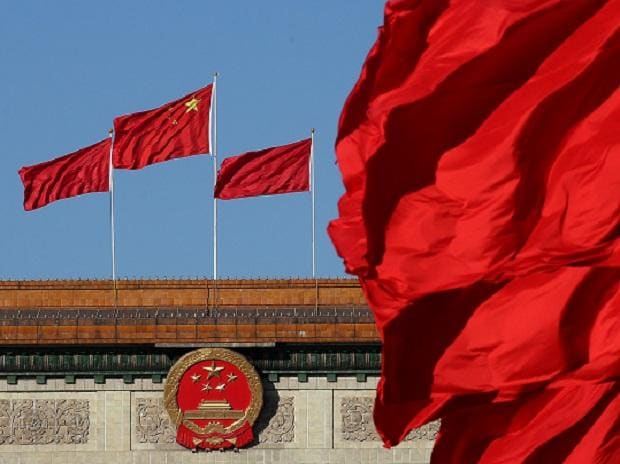[ad_1]
China’s exports fell further in December as global demand continued to drop off, adding to pressure on the economy as it charts a hasty, uncertain path out of Covid Zero.
Exports in US dollar terms fell 9.9% in December from a year earlier, the General Administration of Customs said Friday. That beat economists’ estimate for a 11.1% drop, and compared with a decrease of 8.7% in the previous month. For the full year, exports rose 7% to a record $3.6 trillion.
Imports shrank 7.5%, better than the median estimate of a 10% drop. That left a wider trade surplus of $78 billion last month, the data showed.
For the full year, China still posted a trade surplus of $878 billion, a record high.

“Both the weakening global demand and the wave of Covid outbreak” likely contributed to the decline in December exports, said Zhang Zhiwei, president and chief economist at Pinpoint Asset Management. “The weak export growth highlights the importance of boosting domestic demand as the key driver for the economy in 2023.”
Export growth was robust for most of 2022, providing some support for the world’s second-largest economy as it was hit by a housing market slump and weak consumer demand.
However, the trend began to reverse in October as pandemic-fueled demand waned and central banks around the world hiked interest rates to curb surging inflation. Disruptions from Covid outbreaks in China also snarled supply chains, weighing on exports.
What Bloomberg Economics Says…
Disruptions from the virus surge following the end of Covid Zero were part of the picture. But the bigger issue is slowing global demand. This means domestic investment and spending will have to carry more weight. We think the damage from the current Covid wave will pass quickly and that China’s policy pivot toward reopening will allow domestic activity to pick up.
The customs administration said Friday that foreign trade will still face pressure in 2023 before the economic recovery solidifies. The downward pressure on the global economy continues to increase, said spokesperson Lyu Daliang at a briefing.
Automobiles and chassis were the country’s top exports last year, with the value soaring 74.7%. That was followed by a 62.8% rise in exports of rare earths. Shipments of home appliances fell the most.
For imports, China’s iron ore purchases slumped nearly 30% by value in 2022 — the most among the key items the country bought. The value of inbound shipments of crude oil surged 41.4%, although the actual quantity of the commodity edged down 0.9%.
Medicine imports by value dropped 4.3% for the year, though by volume those shipments jumped nearly 29%, more than any other key product.
Authorities have taken a slew of measures to support exporters, including sending officials on chartered flights to meet overseas clients.
Still, the downward trajectory is expected to continue through 2023. Net exports will probably account for a smaller portion of growth for the year, or may even become a drag.
The slump in imports is a sign of weak domestic demand as the economy reels from Covid — first because of strict movement curbs to contain the virus, and now because the rapid dismantling of Covid Zero has led to widespread infection and illness.
China’s leadership has cited expanding domestic demand as a top priority this year, though confidence among businesses and consumers has yet to recover to pre-pandemic levels.
[ad_2]
Source link



